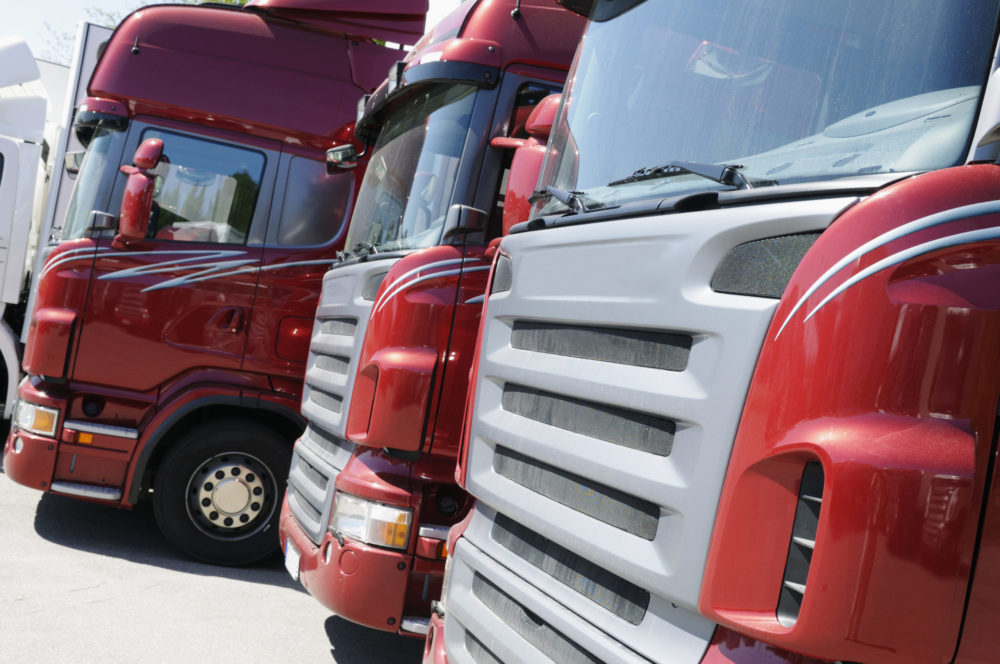If you look around, you’ll find many examples of fleet vehicles being used everyday. You might even be using one yourself. From taxi cabs to bulldozers to ambulances, buses, and moving vans fleet vehicles come in a wide range of types and sizes. And, you’ll find them being used in businesses, in the government, and in other organizations.
The simple definition of fleet vehicles is this: They’re a group of vehicles that businesses, government agencies, and non-profits use to perform daily tasks and achieve their day-to-day objectives. These vehicles are used to provide standardized services to both employees and customers. Though their primary function is to move people or cargo from one place to another, they can serve other purposes as well.
Your company or organization is considered to have a small fleet when it has less than 50 vehicles. A medium fleet consists of 50 to a hundred vehicles and a large fleet features over a hundred units.
Types of Fleet Vehicles
Depending on the organization’s goals, their preferred type of fleet vehicle might vary from heavy 18-wheelers to specialized automobiles such as fire trucks or police cars to regular cars and vans. And, they can either be owned or leased by the organization.
In general, there are three types of fleet vehicles and these are as follows:
Corporate cars – Employees working for big corporations that need to travel a lot might be provided a company car that they can use for such purposes. Typically, these fleet vehicles are available for anyone in the company to use. Or, for high-level employees such as executives, they might be provided their own company car to use for work.
Medium-duty vehicles – This category is typically composed of passenger vans, cargo vans, and pickup trucks that are primarily used to transport people and materials. For instance, these mid-sized vehicles are used by construction contractors to move their tools and equipment where they need them to be. These vehicles are flexible and can even be used to perform other ad hoc tasks by fastening special attachments onto them.
Specialty vehicles – This category has the most well-defined purpose among the three types of fleet vehicles, that is, they’re built with a specific objective in mind. Common examples include police cars, ambulances, garbage trucks, and school buses. As you might observe, specialty vehicles are typically heavy-duty machines with multiple axles and/or equipment or features members of the public can’t easily avail on their own.
While all the examples mentioned so far are land vehicles, fleet vehicles can also come in the form of aircraft and watercraft. An airline’s airplanes or a cruise line’s ships can also be considered fleet vehicles. Light vehicles, such as pedal bicycles or scooters, which are available to the public to rent might also fall under fleet vehicles.
Examples of Industries That Use Fleet Vehicles
As you might already surmise, lots of industries use fleet vehicles. The most common ones include the following:
Logistics and transportation
Anything that’s packaged, shipped, transported to a warehouse or other storage facility, distributed, and delivered by vehicles to residential, commercial, or other spaces fall under logistics and transportation. This also includes large companies such as FedEx and UPS that receive and deliver our mail and packages to our homes and offices as well as the trucks that transport goods across the state or country.
e-Commerce
Thanks to the pandemic, more and more people around the world are getting comfortable online, including buying products and services through the internet. The continued growth of the e-commerce industry is expected to increase fleet vehicles used by online businesses and/or their logistics and transportation partners.
Ride-sharing services and car rentals
Similar to e-commerce, ride-sharing services have become popular, with companies such as Uber and Grab leading the way. Car rentals, of course, have their own fleet of vehicles that cater to the needs of businesses and travelers.
Construction and infrastructure
When it comes to constructing buildings and infrastructure, companies need to have a reliable fleet of heavy-duty vehicles. In addition to transporting materials and equipment, their fleet also includes vehicles that are used for a specific purpose, such as tractors, bulldozers, cranes, backhoes, excavators, and pavers.





